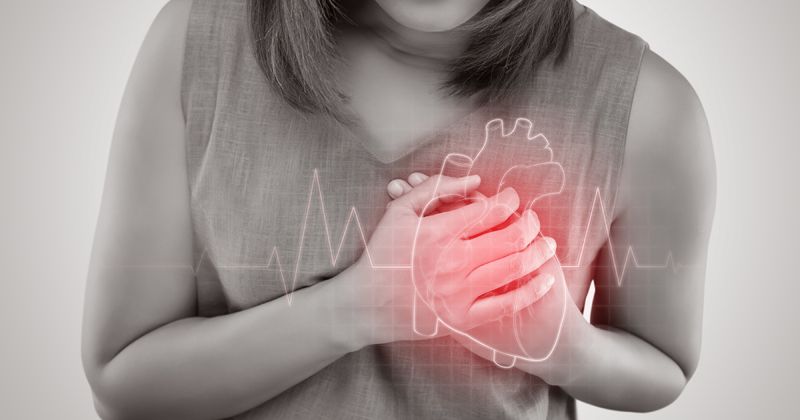Type 2 MI equally common in both sexes; survival in women better
Click Here to Manage Email Alerts
Compared with type 1 MI, type 2 MI occurred in men and women equally, with no evidence of sex bias detected in the selection of patients for cardiac investigation, researchers reported.
“Patients with type 2 MI had worse outcomes even after adjustment for differences in comorbidities, but women were less likely to have obstructive CAD or severe left ventricular impairment and were more likely to survive than men,” Dorien M. Kimenai, MD, postdoctoral researcher, Usher Institute, University of Edinburgh, and colleagues wrote.

The researchers analyzed 57,264 patients with type 1 MI (median age, 73 years; 65% men) and 6,485 patients with type 2 MI (median age, 78 years; 50% men) from the SWEDEHEART registry.
According to the researchers, there were no differences detected in the percentage of men and women with type 2 MI who underwent echocardiography and coronary angiography. However, women were less likely than men to have LV impairment and obstructive CAD.
Compared with those with type 1 MI, patients with type 2 MI had higher risk for death regardless of sex (adjusted HR in men = 1.54; 95% CI, 1.43-1.65; adjusted HR in women = 1.32; 95% CI, 1.23-1.43), according to the researchers.
The researchers found that in patients with type 2 MI, the crude risk for major adverse CV events compared with those with type 1 MI was higher for men and women (HR in men = 1.35; 95% CI, 1.26 to 1.44; HR in women = 1.25; 95% CI, 1.17-1.35).
After adjustment for risk factors and comorbidities, among patients with type 2 MI, women were more likely to survive than men (aHR = 0.81; 95% CI, 0.74-0.9), according to the researchers. The results did not change after adjustment for coronary revascularization and discharge medications (aHR = 0.82; 95% CI, 0.74-0.91).
According to the researchers, the study findings highlight the need for thorough evaluation and close follow-up in men and women with type 2 MI.
“A better understanding of the underlying pathogenic mechanisms responsible for different outcomes of men and women with type 2 myocardial infarction is urgently needed, to inform prospective trials evaluating the potential for revascularization and medical treatments to improve outcomes,” the researchers wrote.
